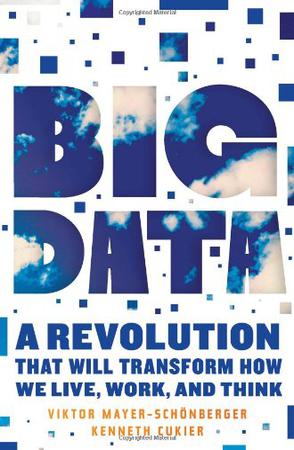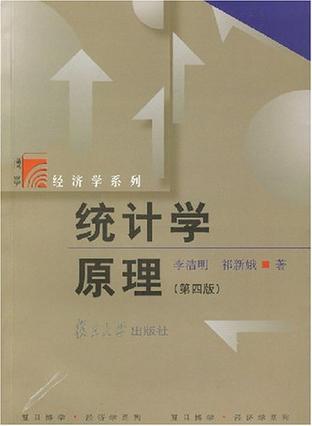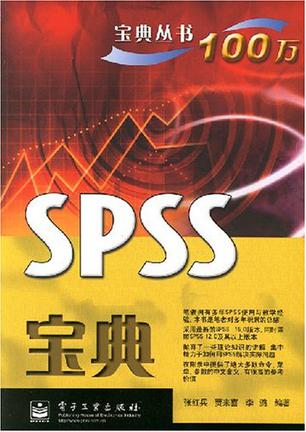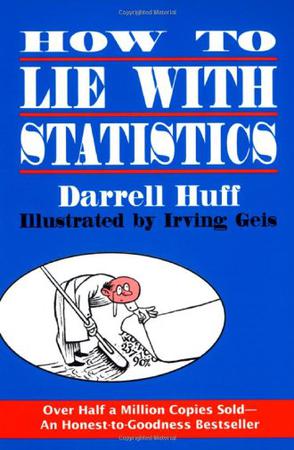-

Big Data
National Bestseller “No other book offers such an accessible and balanced tour of the many benefits and downsides of our continuing infatuation with data.”—Wall Street Journal “What I’m certain about is that Big Data will be the defining text in the discussion for some time to come.”—Forbes.com It seems like “big data” is in the news every day, with new examples of how powerful algorithms are teasing out the hidden connections between seemingly unrelated things. Whether it is used by the NSA to fight terrorism or by online retailers to predict customers’ buying patterns, big data is a revolution occurring around us, in the process of forever changing economics, science, culture, and the very way we think. But it also poses new threats, from the end of privacy as we know it to the prospect of being penalized for things we haven’t even done yet, based on big data’s ability to predict our future behavior. Big Data is the first big book about this earthshaking subject, with two leading experts explaining what big data is, how it will change our lives, and what we can do to protect ourselves from its hazards. -

年龄论-社会空间中的社会时间
本文提出了时间的社会化这一概念,并从此概念入手,分析了时间社会化的两个基本内容:社会时间的分化与社会时间的资本化。并从平均人具有现实意义和普遍意义的三个方面——延续与断裂、周期性和相对性,讨论了社会空间中的社会时间的特点。 本书通过对社会时间的讨论和分析,得到了一些有价值的结论,其中包括:在社会发展过程中,自然时间已经社会化;并且社会时间可以分化为多个层次;在工作空间中,以人为载体的社会时间资本化,个人的价值被制度化为工作时间及其纪律;传承的社会空间导致社会时间的延续性,而断裂的社会空间则导致社会时间的断裂性与截断性;在不同的社会空间(个体生命空间、家庭空间和工作空间)下,社会时间具有周期意义;社会空间内容的多样性、丰富性以及社会空间的多层次性则会导致社会时间的相对性。这些结论对我们在统计描述的层次上分析时间变量,考察它对统计分析方法的发展可能具有的方向性的意义,具有较高的学术价值。 -

统计学原理
《统计学原理》(第4版)共分八章,即绪论、统计调查与整理、综合指标、动态数列、统计指数、抽样调查、相关分析、国民经济核算。这次修订,主要改写了第五章、第六章、第七章、第八章,同时对书中的统计资料作了更新,练习题也作了部分修改。前三版受到读者的广泛好评。 -

SPSS宝典
《SPSS宝典》(宝典丛书100万)共分24章,主要介绍SPSS for Windows的基础知识、统计数据的创建和管理、SPSS统计分析功能、SPSS的图形绘制功能以及SPSS编程功能。其中包括SPSS的窗口及其设置、统计数据的创建与编辑、SPSS数据的管理、数据转换与SPSS函数、SPSS基本统计分析、多重反应分析、SPSS的自定义表格、均值的比较与检验、方差分析、非参数检验、相关分析、回归分析、对数线性模型、聚类分析、判别分析、因子分析、对应分析、信度分析、统计图形的创建和编辑、交互图形的创建和编辑、SPSS的命令语句程序设计、利用SPSS语句读取数据文件、宏等内容。 本书内容全面,论述翔实,深入浅出。全书以SPSS统计功能为主线,涵盖数据管理和SPSS高级编程等内容,可供高等院校相关专业本科生、研究生,以及从事统计分析和决策的各领域相关的读者学习参考,亦可作SPSS培训和自学教材。 -

事件史分析及其应用
《事件史分析及其应用》专注于事件发生的方式及其影响因素,不仅详细介绍了非参、参数、半参数风险模型以及离散和连续风险模型,而且给出了模型的选择和诊断以及时变变量、不同质总体和多事件、竞争风险等较复杂问题的事件史分析方法与应用。《事件史分析及其应用》强调的是数据分析方法而非理论。对于实际的数据,解释了怎样一步一步地去完成分析过程,强调识别所研究的问题、选择合适的模型并理解其假设条件、选择合理的估计方法、解释结果以及提交研究结论。 《事件史分析及其应用》可广泛适用于经济、管理、统计、健康保险、社会学、人口学、生物与医学以及政治科学等专业的大学生和研究生及其他社会科学领域的研究者。既可作为学生的教科书,也可作为应用工作者的参考书。 -

How to Lie With Statistics
"There is terror in numbers," writes Darrell Huff in How to Lie with Statistics. And nowhere does this terror translate to blind acceptance of authority more than in the slippery world of averages, correlations, graphs, and trends. Huff sought to break through "the daze that follows the collision of statistics with the human mind" with this slim volume, first published in 1954. The book remains relevant as a wake-up call for people unaccustomed to examining the endless flow of numbers pouring from Wall Street, Madison Avenue, and everywhere else someone has an axe to grind, a point to prove, or a product to sell. "The secret language of statistics, so appealing in a fact-minded culture, is employed to sensationalize, inflate, confuse, and oversimplify," warns Huff. Although many of the examples used in the book are charmingly dated, the cautions are timeless. Statistics are rife with opportunities for misuse, from "gee-whiz graphs" that add nonexistent drama to trends, to "results" detached from their method and meaning, to statistics' ultimate bugaboo--faulty cause-and-effect reasoning. Huff's tone is tolerant and amused, but no-nonsense. Like a lecturing father, he expects you to learn something useful from the book, and start applying it every day. Never be a sucker again, he cries! Even if you can't find a source of demonstrable bias, allow yourself some degree of skepticism about the results as long as there is a possibility of bias somewhere. There always is. Read How to Lie with Statistics. Whether you encounter statistics at work, at school, or in advertising, you'll remember its simple lessons. Don't be terrorized by numbers, Huff implores. "The fact is that, despite its mathematical base, statistics is as much an art as it is a science." --Therese Littleton